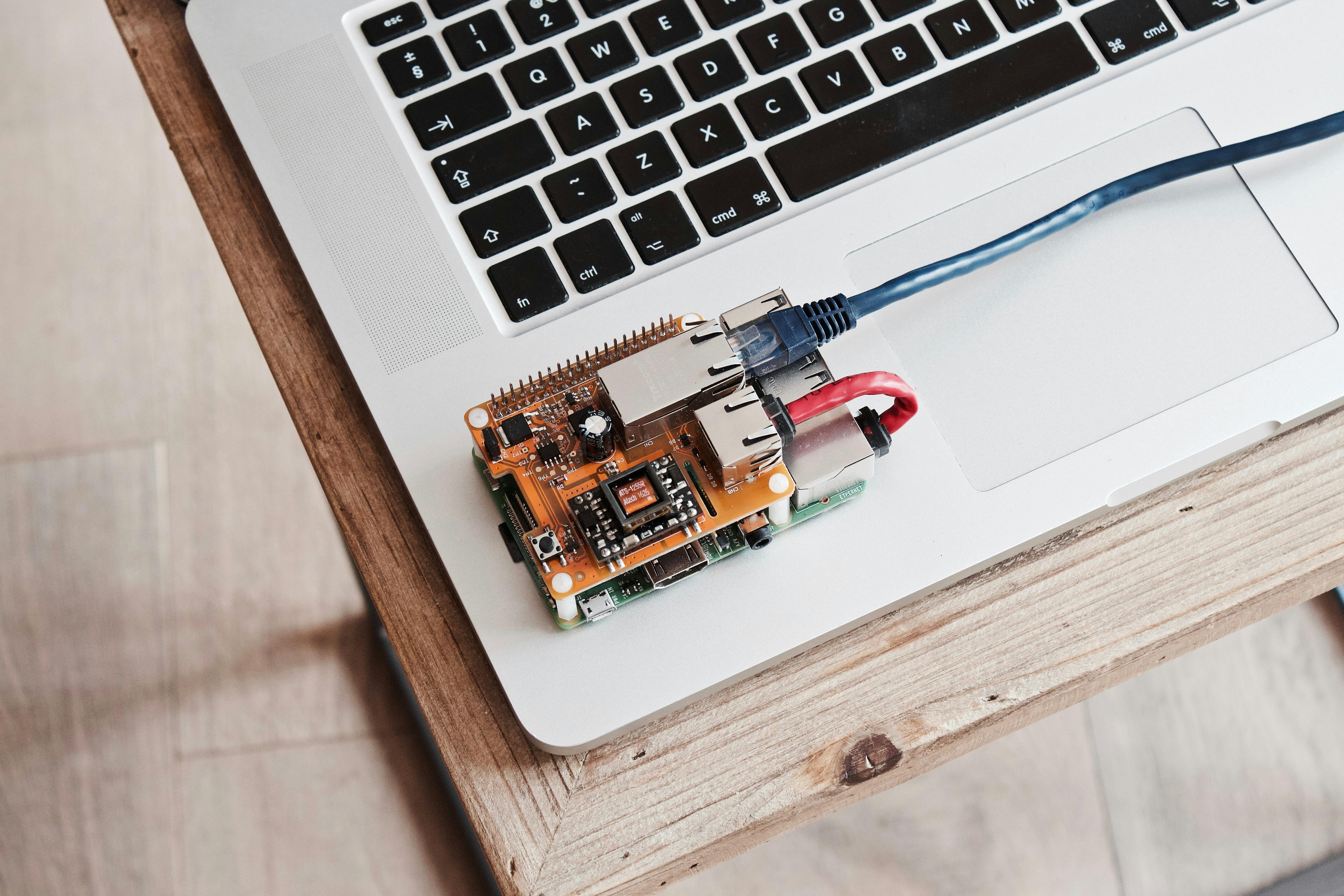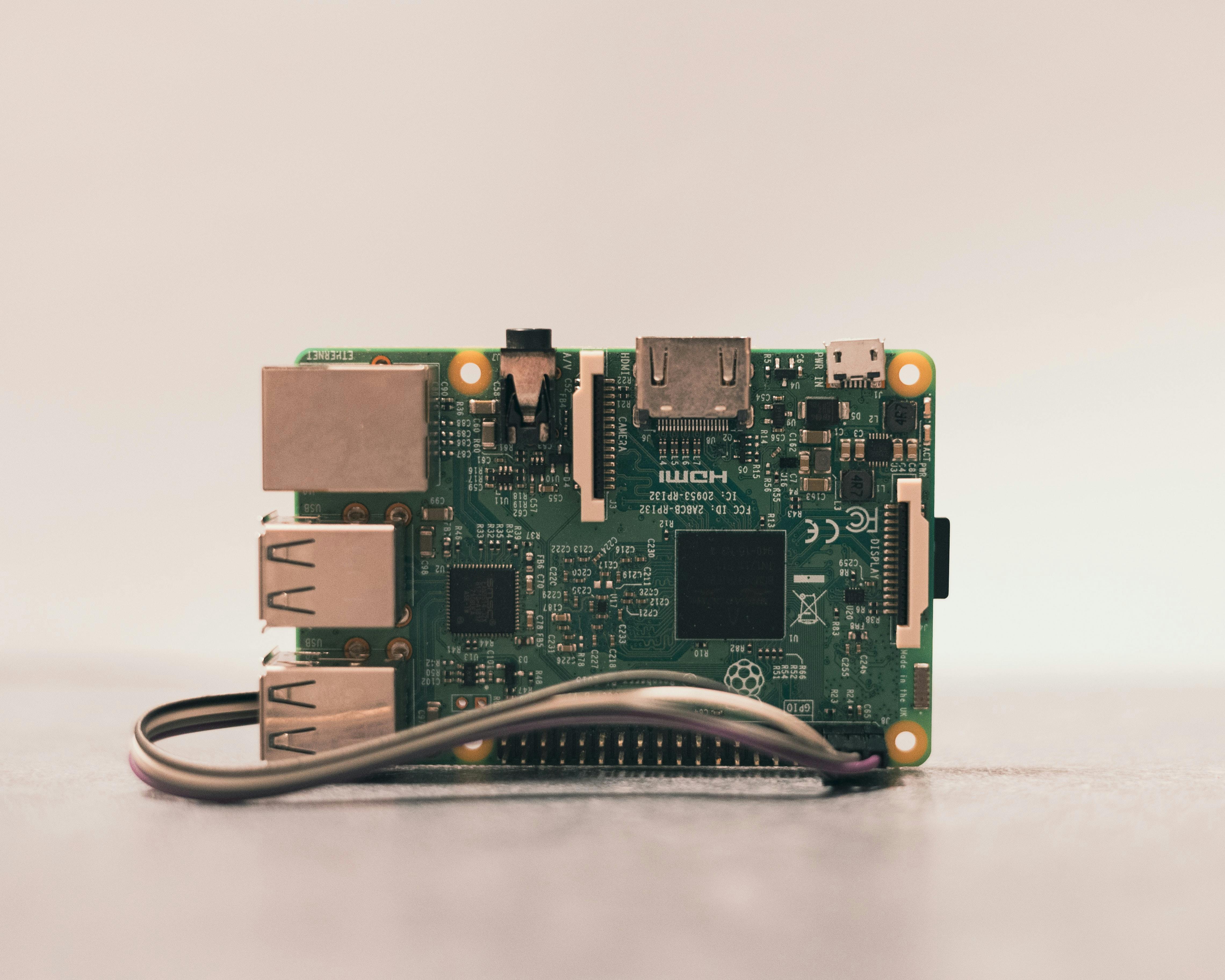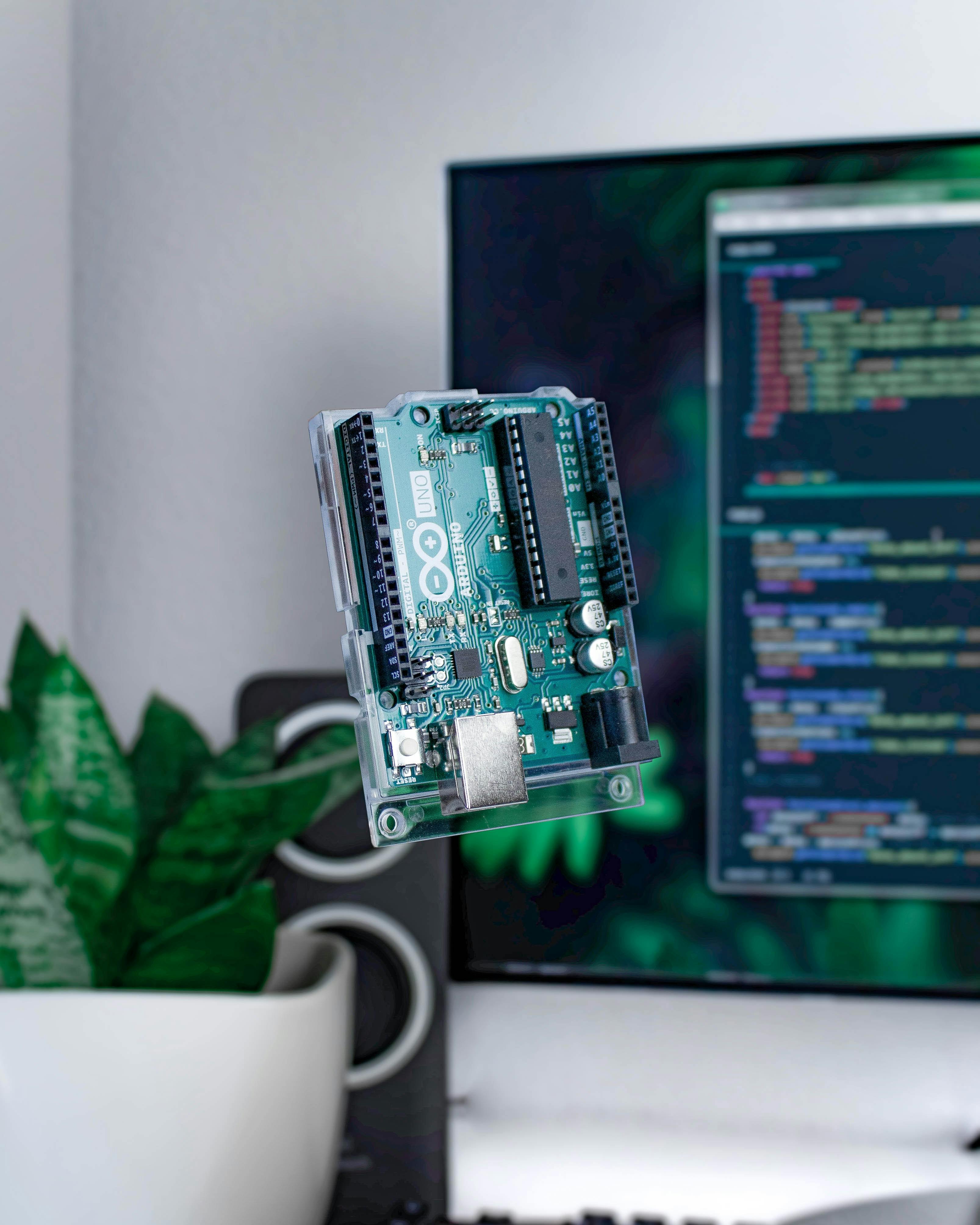
Photo Credits: Louis Reed
Business and technology owners worldwide are seeing how they can use 5 G's faster data speeds, ultra-high reliability, very low latency, and other progress to transform their organizations digitally. For example, many businesses are trying to understand how they can use and benefit from 5G to develop new factory automation, self-healing energy grids, and many other IoT applications. However, focusing only on 5G might be missing out on the fact that two Low Power Wide Area - LPWA - networking technologies also offer them opportunities to develop and launch transformative new IoT applications.
These two LPWA technologies: Narrowband IoT - NB-IoT - and LTE Machine Type Communication - LTE-M, also known as eMTC -, usually transmit data at speeds slower than Long Term Evolution - LTE - and 5G New Radio - 5G NR -. Still, their low cost, high capacity, low power consumption, and comprehensive coverage - the Four Cs of LPWA - make them well suited for a vast range of IoT applications – specifically Industrial IoT applications, containing:
- Remote monitoring and preventive maintenance applications for industrial air purifiers and another type of industrial equipment;
- Infrastructure monitoring applications for HVAC systems, water treatment, intelligent meters, civil structures, parking meters, and other types of infrastructures;
- Asset tracking and monitoring for prized mobile tools and sensitive assets.
What is the NB-IoT standard?

Photo Credits: Denis Cosmin
Narrowband IoT or NB-IoT is a wireless telecommunications technology standard developed by 3GPP. Its international standards body is responsible for all significant mobile telecommunications standards, that include the 4G standards like Long-Term - LTE - and 5G standards like 5G New Radio - NR -.
NB-IoT uses the same sub-6 GHz wireless range as the 4G LTE technology. But, contrary to the 4G LTE and other previous wireless telecommunications standards, NB-IoT - along with LTE - was created with the Internet of Things in thinking.
Both NB-IoT and LTE-M are aimed to support any IoT use cases that don't require huge data speeds but do require devices that are:
- Inexpensive;
- Run for a decade or more utilizing only the battery power;
- Connect to cellular networks even if hundreds of devices like it are nearby;
- Be reached in remote rural locations, buildings, or underground.
How does NB-IoT address IoT use case requirements?
NB-IoT improves the needs of many IoT use cases for the reason that it has:
- Fewer Costs: NB-IoT uses half-duplex communications, meaning either the module is transmitting data or the cellular base station is transmitting data – but never both. The utilization of half-duplex communications - when combined with NB-IoT's lower data speeds and its use of lower Radio Frequency - RF - bandwidth and a single antenna — reduces the complication and, so, the cost of NB-IoT equipment. These simplifications lower the cost of NB-IoT devices by as much as 50% compared to standard LTE Cat-1 cellular modules.
- Consume less power: NB-IoT reduces the energy consumed by battery-powered edge modules when they transmit data by up to 75% compared to standard LTE Cat-1 modules. Due to the characteristics like Power Savings Mode - PSM - and Extended Discontinuous Reception - eDRX, in addition to NB-IoT's ability to increase a significant number of energy used for short information transmissions. As a result, this allows IoT application developers to build devices that can operate for a decade or more using battery power.
- Provides more capacity: NB-IoT uses narrowband transmission, signaling optimization, adaptive modulation, and hybrid automatic repeat request - HARQ -, enabling as many as one million NB-IoT devices per square kilometer to connect to the network.
- Delivers better coverage: NB-IoT employs extensive signal repetition. While this lowers NB-IoT's data amount and increases its power consumption, signal repetition improves NB-IoT's range by 5 to 10X over other cellular technologies. Thanks to its better coverage, NB-IoT equipment can connect to cellular networks deep inside a building, in a remote location, or even underground.
Are there different versions of NB-IoT?

Photo Credits: Niclas Illg
Yes. The first version of the NB-IoT standard, Cat-NB1, was introduced in 3GPP Release 13. This version delivered data rates considered fast as 26 kilobits per second and uplinked peak data rates up to 62 kbps.
The second version was called Cat-NB2 and introduced in 3GPP Release 14. This version would increase NB-IoT's peak downlink data transfer speed to 127 kbps and its uplink peak data rate to 150 kbps. In addition, the 3GPP Release 14 helped to improve the location accuracy.
Moreover, 3GPP Release 14 brings the Radio Resource Control - RRC - connection re-establishment feature to NB-IoT devices. This characteristic allows NB-IoT devices to transfer their cellular connection from one cell to another as the machine moves between cells without repeating this transfer if the device experiences a radio link failure.
What are some NB-IoT use cases?
NB-IoT is well suited for IoT use cases where high data rates, low latency, and high mobility are not required. Still, low cost, strong coverage, extensive capacity, and low energy consumption exist.
Examples of such simple, static, low-data, low-energy use cases include:
- Crop, livestock, and other agricultural monitoring applications
- Fuel, water, and other pipeline and tank management applications
- Parking, waste management, street lighting, and other innovative city applications
- Home and building automation applications
Is NB-IoT 5G?

Photo Credits: Sahand Babali
NB-IoT and LTE-M were initially created for the 4G. However, 3GPP, the standards group responsible for 5G and the NB-IoT and LTE-M standards, has made NB-IoT and LTE-M part of the 5G range.
In a way, 3GPP plans to support the only standards for LPWA use cases that require low cost, low power, high capacity, and low energy consumption. Furthermore, as NB-IoT and LTE-M can operate in bands with LTE technologies, they can also work in bands with new 5G technologies, like 5G New Radio - NR -.
Estimations of NB-IoT for growth?
According to some studies, by 2026, cellular LPWAN solutions - meaning NB-IoT and LTE-M combined - will be responsible for over 60% of the estimated 3.6 billion Low Power Wide Area network connections. Moreover, it still will be remaining 40% covered by non-cellular, which LoRa and Sigfox will account for the majority - around 80% -.
In April 2019, a report showed the state of development of NB-IoT and LTE-M worldwide. Among the publication, there were stating some interesting facts like:
- 124 NB-IoT or LTE-M networks - handled by 104 operators - were implemented/deployed
- 141 operators were actively investing in the NB-IoT technology, compared to 116 the year before, including 90 operators to implement / commercially deploy an NB-IoT network, 30 operators to plan and implement an NB-IoT network, and 21 operators to test the NB-IoT technology.
Lastly, as one of the LPWA technologies, NB-IoT offers its competitive edge over its rivals and responds to specific applications. Usually, what the adopters of this LPWAN technology find in NB-IoT great is the interoperability, scalability, and standardization that lead to increased flexibility, time-to-market, and robustness. After all, Narrowband IoT is a perfect match for deployments that combine indoor coverage requirements and low device power consumption with colossal numbers of low throughput and super-low-cost devices.
Besides, the 5G networks will homogenize all cellular networks sooner or later as they integrate low and high-speed channels. But before, the real challenge is to understand the ideal solution for your needs without losing sight of the future development perspectives, which in the case of NB-IoT seem brighter than ever.